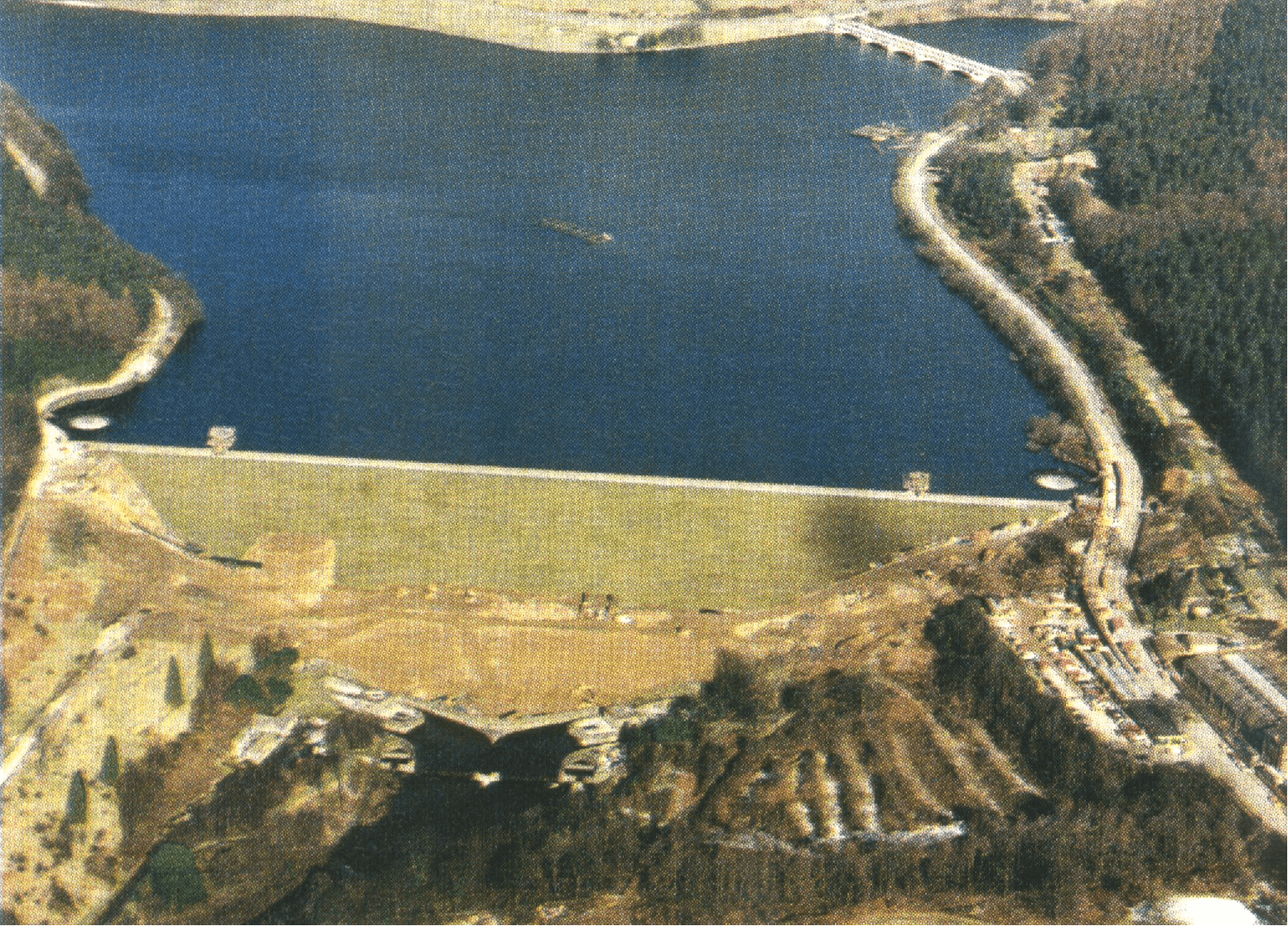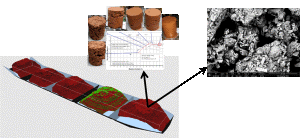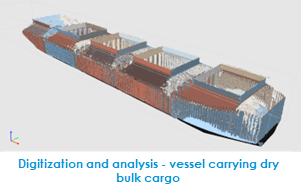
GCG was appointed by A F Howland Associates to undertake finite element analyses to investigate the likely effects of tunnel construction on the stability of the cliffs at Clacton-on-Sea. The tunnel formed part of a storm/foul sewage scheme commissioned by Anglian Water, with some 1.8km of its length located close to the crest of the cliffs.
A comprehensive set of finite element analyses has been undertaken. The objective of these was to assess the influence of many variables such as: the cliff slope geometry, soil profiles, groundwater levels, location and diameter of the tunnel. The rate of the cliff recession and period between the placement of the sea defences and construction of the tunnel were also varied. Several key soil parameters characterising the London Clay Formation were considered including the coefficient of earth pressure at rest, permeability and stiffness.
From the results of the parametric study it was concluded that the proposed tunnel could be constructed. However, in order that tunnel construction should have a negligible effect on the cliff stability, it was necessary to maintain the tunnel alignment at a reasonable distance from the crest of the cliffs. The analyses, which simulated beach erosion, indicated that the estimated 1m of erosion only had a very small effect on the cliff stability. However, if the eroded soil was not replaced, the time elapsing before eventual cliff instability could be significantly reduced.
Location





